Hedgerow Fruit Pastels
Working as a chef in a top Michelin stared restaurant you get to learn the tricks of the trade. The chances are that you will make pate fruits, as we called them, at least once during your career whether you are a pastry chef or not. I loved my job as a chef because one day is not the same as the next and that it is up to you as a individual to learn as much or as little as you want. Wow that’s a mouthful but I hope that you understand what I’m trying to say.
I was one of those seriously annoying ones with boundless energy but I wanted to know the whole lot! I drove people around the bend as I asked lots of questions and wanted to try everything. Most chefs try and avoid the pastry section due to the complexity and the temperament of the products. Lets face it, if you do not follow the recipe to the exact letter you could end up with a disaster and in a Michelin star environment that’s not allowed, consistency and perfection is required every second and every day. I did give the pastry section a go and was very pleased that I had the opportunity to do so. These experiences helped me to become a well respected product development chef as the same principles apply.
Making fruit pastels is just as easy as making jam, you will require similar basic tools such as a thermometer and a food mill. You need to be well prepared and have all your tools in place as the sweets set incredibly fast once they start to lose temperature. Line your chosen trays in advance with cling film and leave them in a easy reach spot.
Remember do not refrigerate the pastels as they will get damp and start to dissolve, I keep them in a airtight container in a dark cool place.
The flavours are upto you and I think it could be seriously exciting. I would not have planned to make these sweets unless we discovered the mirabelles and other wild hedgerow fruits. I wanted to make something unusual but at the same time something that most of us would enjoy. I have to give you a word of warning that if you are not completely sure if the berries and hedgerow fruits are safe to eat, then do not pick them. We are privileged to know two very knowledgeable people Roy and Linda and we will not harvest anything unless we have consulted them. We also have a foraging book that always stays at home every time we go out, now that is how forgetful we are.
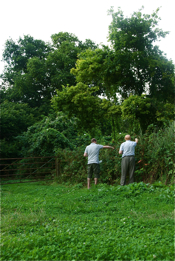
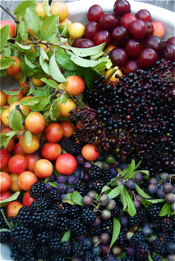
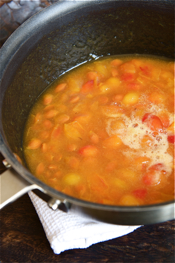
I quite like the elderberry, wild plum and blackberry combination but then the subtle flavour of the mirabelles are just as interesting. It’s interesting to know how much natural pectin there is in stone fruits and berries, once boiled they could nearly set by themselves but it’s not quite enough and for that reason we need to add extra pectin. It’s available from most good supermarkets or health food shops. The glucose gives the sweets chewiness and this is found in the cake baking department of your local supermarket.
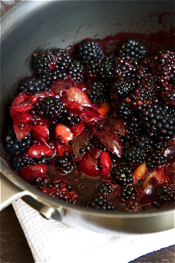
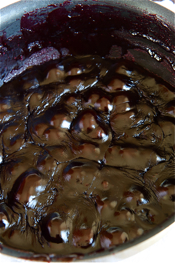
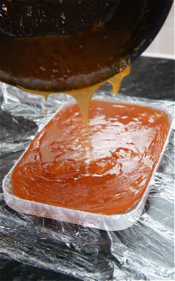
Mirabelle Puree
- 750g mirabelles
Wash the fruits, cut them in half and remove the stones.
Place the stones and flesh into a medium size saucepan over very low heat, bring the fruits to the boil. Stir occasionally to prevent the fruits from catching.
The stones contain pectin and for that reason you should boil them together.
Cook the fruits for 30 minutes, pass the fruit puree through a food mill, discard the stones and transfer the fruit puree to a clean container.
Wild Plum, Elderberry and Blackberry Puree
- 300g wild plums such as bullace, stoned removed
- 100g elderberries, stalks removed
- 400g brambles better known as blackberries
Wash the fruits. Cut the bullaces in half and remove the stones. De-stalk the elderberries and brambles.
Place the stones, flesh and berries into a medium size saucepan over very low heat bring the fruits to the boil. Stir occasionally to prevent the fruits from catching.
The stones contain pectin and for that reason you should boil them together.
Cook the fruits for 30 minutes, pass the fruit puree through a food mill, discard the stone and transfer the fruit puree to a clean container.
Fruit Pastels
- 500g of the fruit puree
- 180g glucose
- 20g pectin
- 300g caster sugar
Line a 14cm x 21cm x 1.5cm tray with cling film. I found these exact trays at Muji and they are perfect.
Place the chosen fruit puree and glucose in a medium size saucepan, bring to the boil, reduce the heat to a gentle simmer and cook to 107°C.
Then add the sugar and pectin, melt the sugar and bring the mixture back to the simmer and cook to 107°C for the second time.
Pour the boiling hot mixture into the lined tray and leave to set completely at room temperature.
Cut into squares and roll each square in demerara sugar.
Makes 24 pieces of each flavour puree
Print Recipe Print Recipe with Photo Email this Recipe
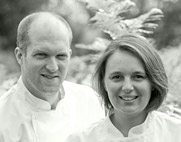
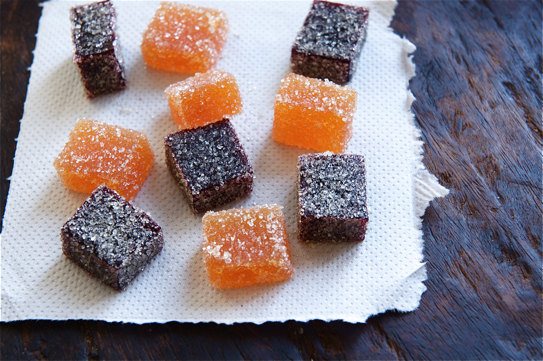

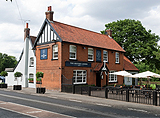
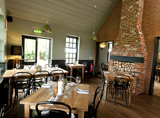
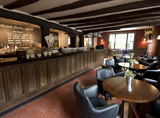
Can’t wait to give these ago but will have to wait till august there abouts for the wild wimberries to grow. Think they might go well with elder berries and blackberries, rather sweet and distinctive, and rather common round the peak district. I’m all excited now lolvthankvyou for some great new ideas.
Ellen x
These are a brill idea. Another British foraged berry that’s worth trying is the sea buckthorn, we get loads in Scotland, not sure if you’ll get them down south. They are super tart and therefore require a great deal of sugar but they are amazing. They cut through a big meal well as a petit four! I think they also have a very concentrated amount of vitamin C.
Hedgerow recipes – look yummy !
Thanks for such an inspiring site. Can you do these in the thermomix – 107deg seems to be the tricky bit?
Ages since I made these. We have a mulberry tree right nearby. I might just try it with those if the locals have left any……